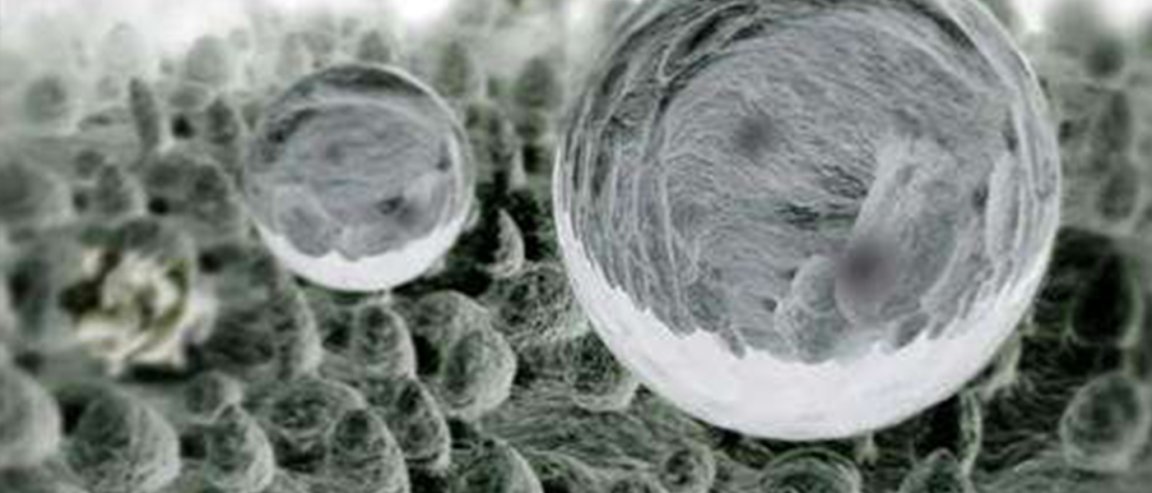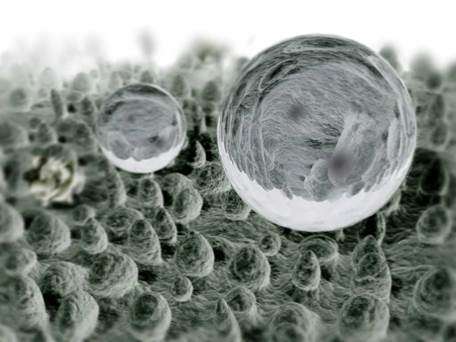
Less Scrubbing
A new technique from the “High Throughput Laser Texturing of Self-Cleaning and Antibacterial Surfaces” or TresClean project, will be used to manufacture antibacterial surfaces at a previously impossible scale.
The surfaces will initially be used in the food production industry. Due to the fluid-repellent nature of the material, both production time and overall efficiency will increase. Using milk production as an example, vats made with conventional material need to be cleaned every six to eight hours to ensure bacteria does not have the opportunity to grow.
As Project Coordinator, Professor Luca Romoli, explains, “This will also reduce energy consumption as a result of fewer cleaning phases making food production quicker, safer and more profitable.”

Lotus-Inspired
TresClean uses high-power laser cutting devices to create a customized, rough micro-topography on sheet metal inspired by the surface of the lotus leaf, causing liquids to “bounce off.” The roughened surface is designed so water droplets do not have a chance to spread. Romoli says that the surface reduces contact between the surface and the liquid by over 80%. With such reduced contact, bacteria doesn’t get the chance to latch to the surface.
The technology is a first for “self-cleaning” metals. While hydrophobic metals have existed before, the scale at which TresClean produces the surfaces is much greater. In fact, the process is 156 times faster. TresClean can create these surfaces at a rate of 500 square cm in less than 30 minutes. Previous production methods could make hydrophobic surfaces at a rate of 1 square inch in 1 hour.
The goal is for the new technology to boost productivity by saving hours per day in cleaning. Romoli states the process can “reduce energy consumption as a result of fewer cleaning phases making food production quicker, safer and more profitable.”
TresClean projects the self-cleaning metal will be available within two years.